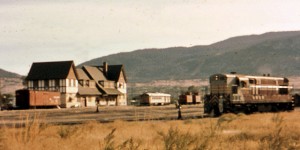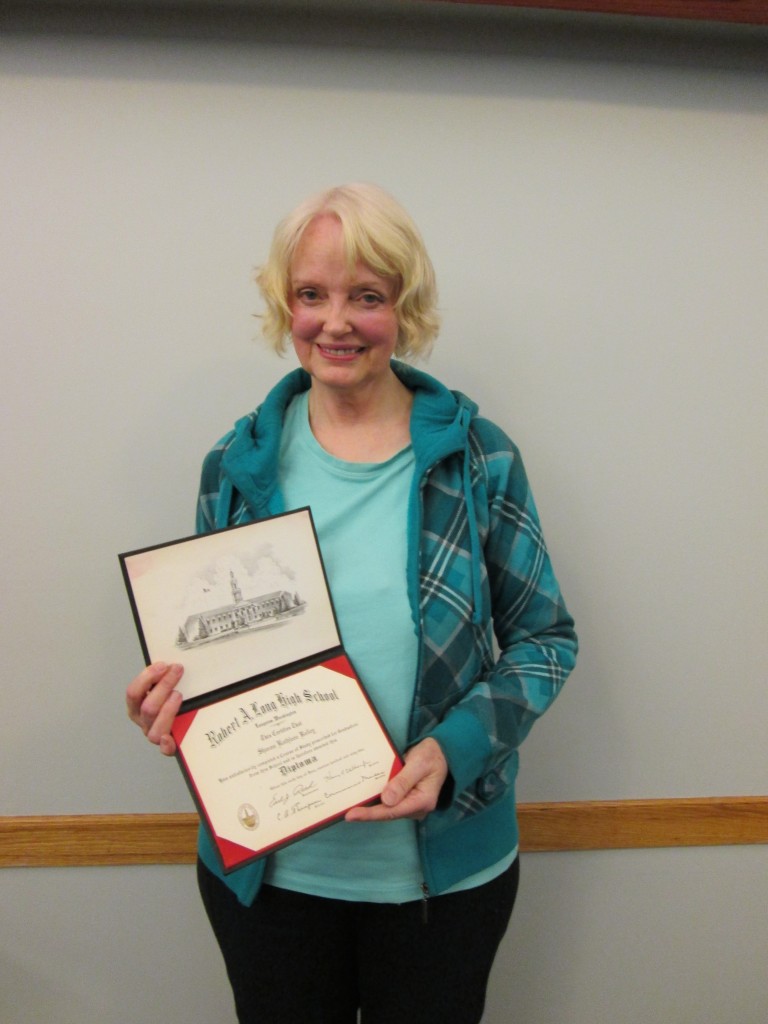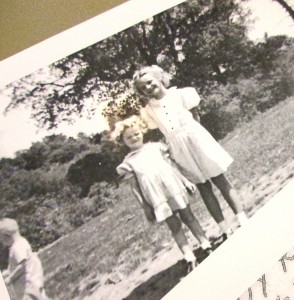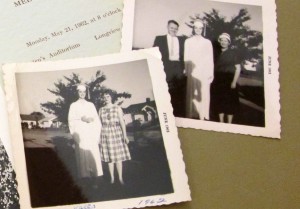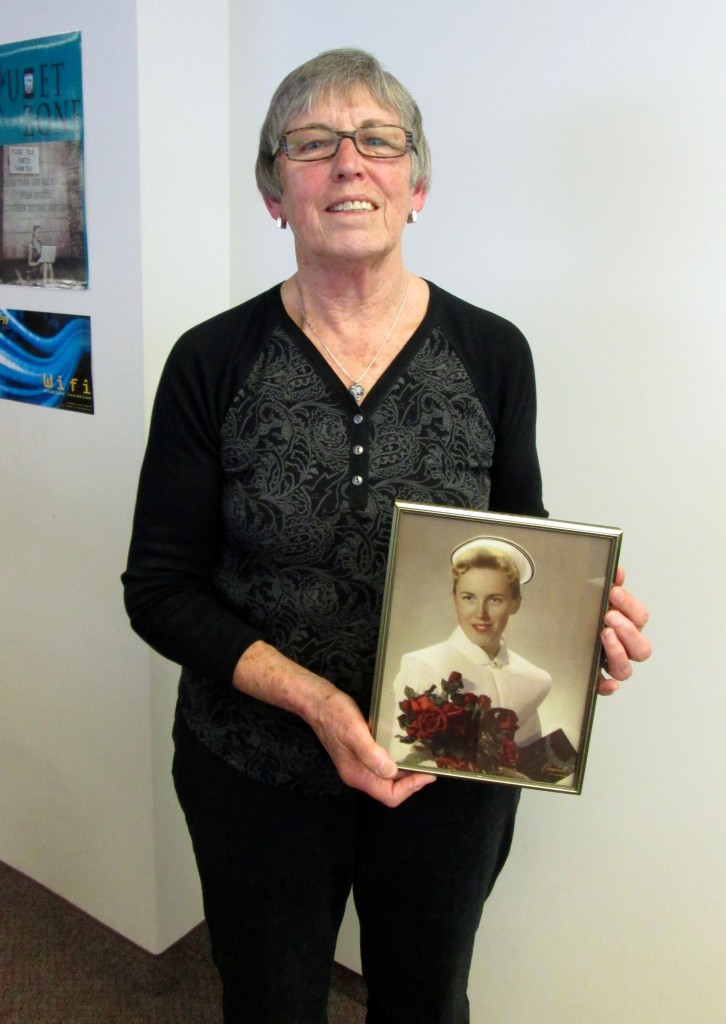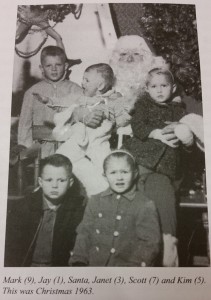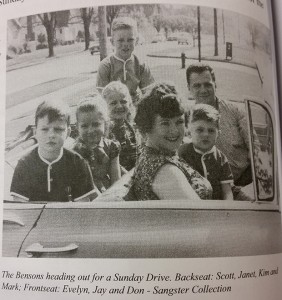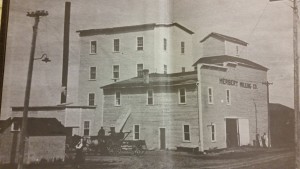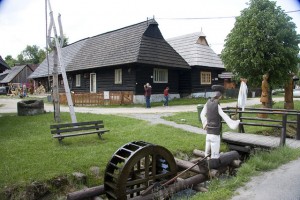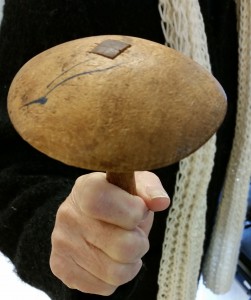Ma’ahin Ahmed
Vance was born in Vancouver, and growing up he moved around quite a bit within Vancouver and surrounding cities. In 1961 he moved to New Westminster to be closer to some family members. During our conversation he recounts how he went from a rough childhood and youth to eventually finding some balance in life during his 30’s. When asked what is the most important thing he has learned over time, he says, “I had a very quick temper—not physical, but anger—I used to lose control over my ability to speak and be rational about things when I was upset about something… so I would just walk away from the problem, and move on to another house or another relationship. I couldn’t stop and face it… I’ve learned through therapy, Kurt (his husband) and friends; I’ve learned to be patient; I don’t lose my temper anymore. Ever. I listen and stay involved.”
The escape

Navy dockyards at Bermuda. Credit: dmitri_66/Flickr
As the ship set sail for Bermuda from the east coast of Canada, 17-year-old Vance was convinced that he had left his troubles behind. He had lived in 37 different houses from Vancouver to Surrey by the age 16. He had hopped from one school to another. He had seen his parents get divorced, and subsequently marry other people. He had been a responsible and caring older brother for the rest of his siblings. He had bounced back and forth between his father and mother’s respective houses. He had done all of this for long enough, but now it was time for him to leave. The Royal Canadian Navy was to be the door through which he would escape for the next three years—or at least so Vance had thought as he set off on his first cruise.
In Bermuda, far removed from his past life, Vance found exactly what he had hoped for. He sneaked out of the ship for a few days, and met a man, whom he had quickly, though surely, fallen in love with. They were having a marvelous time together; Vance was in awe at how swiftly his life was changing. Innocently falling prey to youthful naivety, he pictured himself finally living a stable life in Bermuda. Unfortunately, the odds were not in his favour—not yet at least—, and Vance was heartbroken when his friend asked him to return to his ship. Dejected, he returned, only to find himself in more trouble than he was ready to face at that moment in time. Having carelessly left the ship, Vance had displeased his seniors, and all his dreams for a future in Bermuda—or for that matter in the navy—fell apart, as he broke down and told his seniors that he was homosexual. Inevitably, the next thing he knew, he was on board another ship back to Halifax, where he was granted an honourable discharge from the navy on medical grounds.
Moment of Truth
A little ways down the road, now back in BC, Vance had moved to New Westminster to be closer to some family members. He found himself killing time in an attempt to move on with life, when another surprise revealed itself: the girl whom he had been seeing in Halifax came to be with him completely out of the blue. Struggling to figure out his sexuality and unable to normalize his life, Vance thought it only made sense to marry the girl. Besides, he had to be fair to her.
Together, Vance and his wife started life anew, and if anything, out of obligation to his wife, Vance wanted to try his best to sustain their relationship. In fact, he would not have experienced two of his life’s most joyful moments—the births of his sons—if it were not for this relationship. Yet, despite the best intentions, some things are just not meant to be, and Vance’s relationship with his wife was one such thing. As Vance approached the age of 30, he was quickly coming to a significant turning point in life, and the realization that he was not being honest to his wife or to himself was an inescapable moment of truth that he had to confront. Sadly, Vance and his wife parted their ways for good.
At this point Vance was convinced that he needed help to pull himself out of the mess that his life was turning into. Therefore, Vance decided to join six weeks of group therapy at UBC, and in retrospect this was one of the best decisions he made in life. Therapy helped him rediscover his long lost faith in himself and redefine his perspective on life. He walked out of therapy determined to improve his life, and slowly but certainly times started changing for him.
The guy on the table across the room
Vance had just turned 34, and life seemed to be normalizing. Just then another surprise was lurking around the corner; albeit this time round no heartbreaks or sad goodbyes were involved. Vance was eating lunch at Eaton’s, downtown Vancouver, when he spotted a guy across the room; he looked younger, perhaps in his 20s. Incidentally, they shared a brief moment of eye contact, and after a little while of looking back and forth they introduced themselves to each other. Vance and Kurt, the guy from the table across the room, have now been together for 38 years. Kurt was, and is, a blessing for Vance; he taught Vance how to trust, to be patient and to compromise. Most importantly he brought some much-needed stability to Vance’s life.
For a long time, Vance and Kurt had to go through the unfortunate experience of being unable to openly declare their relationship, but as long as they had each other and a supportive family, Vance was content. Fortunately, the dawn of July 8, 2003 was the end of living in a closet for Vance and Kurt. Prime Minister Pierre Trudeau’s efforts to reform marriage laws in Canada had finally come to fruition, and following Ontario and Quebec, the BC Court of Appeals passed a ruling for same-sex marriages to be made legal. Soon afterwards Vance officially tied the knot with Kurt, and was overjoyed to have his father by his side as his best man.





